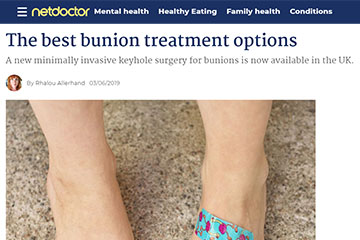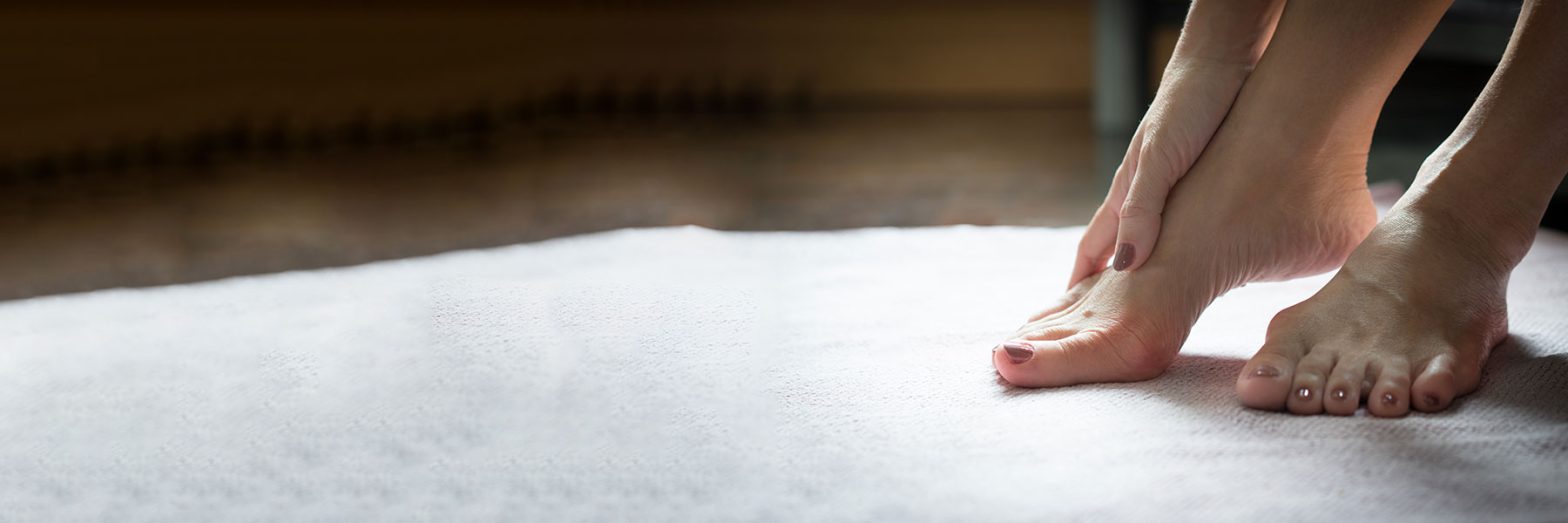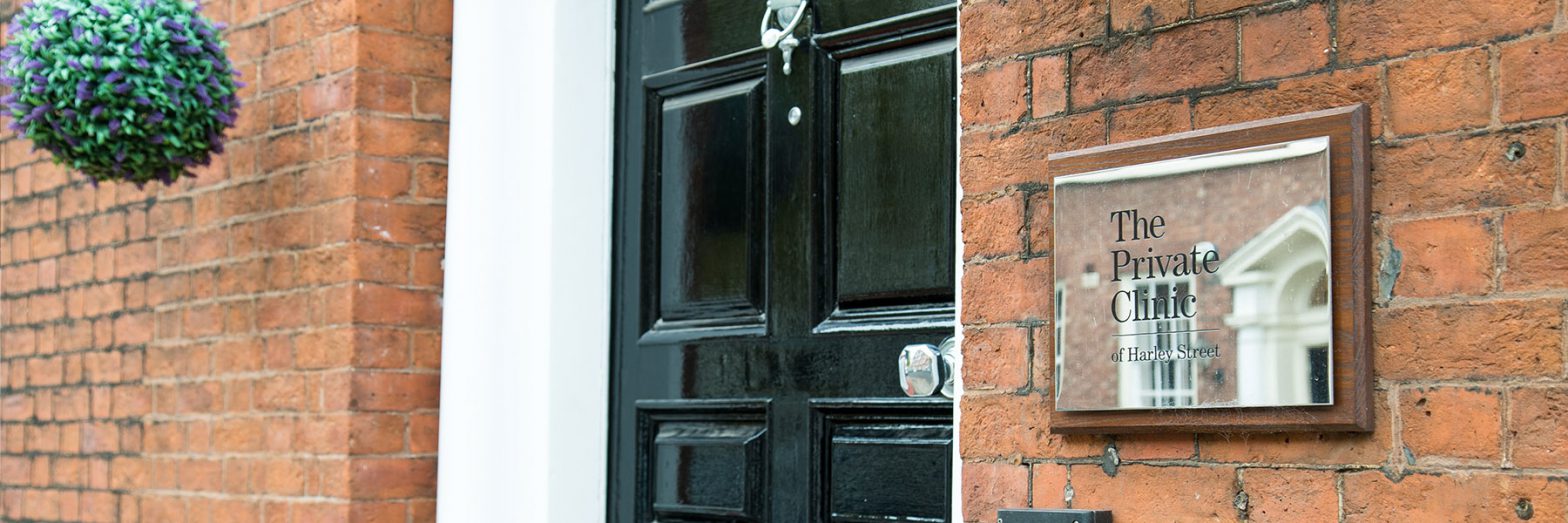What are bunions?
Bunions are usually prominent on the inside of the foot by the big toe joint. ‘A bunion, medically known as a Hallux Valgus, is a deformity of the foot that forms around the base of the big toe,’ says Mr Bianchi.
‘Bunions are very easy to spot, and you’ll know that you are suffering from them when you see a bulging lump on the side of your foot and your big toe leans against your second toe.’
What causes bunions?
The three main causes of bunions are thought to be genetics, pregnancy and footwear. ‘This means if members of your family suffer from bunions then you have a much higher chance of developing the painful condition,’ says Mr Bianchi.
What are common bunion symptoms?
Bunions are a swelling along the inner side of the foot, usually at the base of the big toe. ‘Bunions can result in hard, callused and red skin which occurs when the big toe and second toe overlap,’ says Mr Bianchi. ‘They can also cause chronic pain, swelling and redness over the joint of the big toe.’
‘For many patients the pain can be particularly bad after wearing tight fitting shoes such as high heels,’ he adds. ‘For lots of people suffering from bunions this means that they can no longer wear the fashionable, high-heeled shoes that they want to.
‘Some people suffering from arthritis may also experience restricted movement of their big toe.’
When should you see a doctor?
Many people with bunions don’t experience any problems at all. ‘Bunions often don’t require any kind of medical treatment.’ says Mr Bianchi, ‘But if the pain is having an impact on your quality of your life, then treatment might be the right option for you.’
If you experience any of the following;
- Continuous pain.
- Decreased movement of your big toe.
- Problems finding shoes that fit you properly.
Mr Bianchi recommends you book a consultation with a specialist.
Lifestyle tips to minimise bunions
While you can’t prevent bunions completely, there are a few things you can do to minimise discomfort and avoid aggravating them.
‘If you are suffering from painful bunions, then I would recommend wearing wide shoes with a low heel and soft sole, bunion pads to reduce rubbing and regular painkillers to ease the discomfort.’ says Dr Bianchi.
Unfortunately it’s not great news for shoe lovers. ‘If you are genetically predisposed to bunions, then it is best to avoid wearing high-heels and tight-fitting shoes.’ he adds.
When is surgery an option?
If non-surgical options fail to resolve your symptoms and you want to get rid of your bunions for good, surgery is your best option.
‘In the past, surgery involves a general anaesthetic, invasive and painful surgery and recovery can be up to six weeks and many people are told to avoid exercise for up to six months,’ says Dr Bianchi. ‘For active people who are living busy lives, this type of surgery has not been an option.’
However, a new minimally invasive keyhole surgery is now available in the UK. ‘The treatment requires only a local anaesthetic and removes the bunion quickly without the use of screws or plates,’ explains Mr Bianchi. ‘As well as this, patients can walk without crutches immediately after the procedure and are able to return to everyday activities almost straight away.’
What happens in surgery?
Keyhole surgery ensures patients have a much faster recovery time and it provides the ability to restore the foot back to a normal shape.
‘The ground-breaking keyhole surgery uses only local anaesthetic and is the only treatment that doesn’t involve any fixative devices such as screws, plates or wires,’ explains Dr Bianchi. ‘During the 20-30-minute procedure 2-3-millimetre incisions are made in the skin and then small surgical burrs are used to correct the deformity and modify the bones of the foot.
‘A series of small and precise fractures are made in the foot which do not require screws of pins to force the bone into place. Once the bones have been realigned, they are then left to heel naturally and according to the patients load-bearing needs.’








